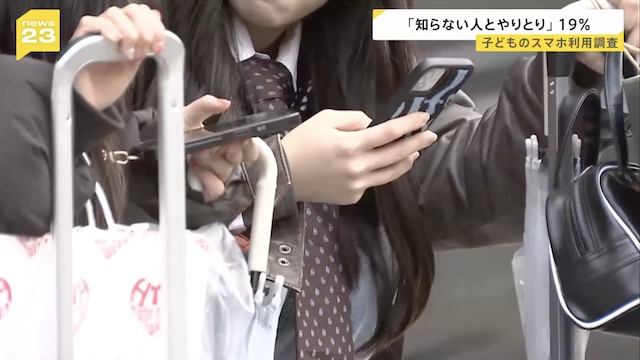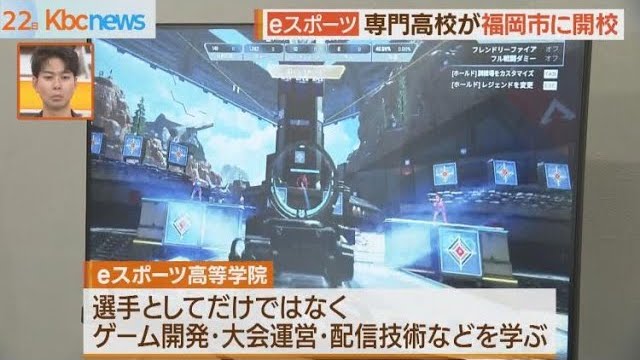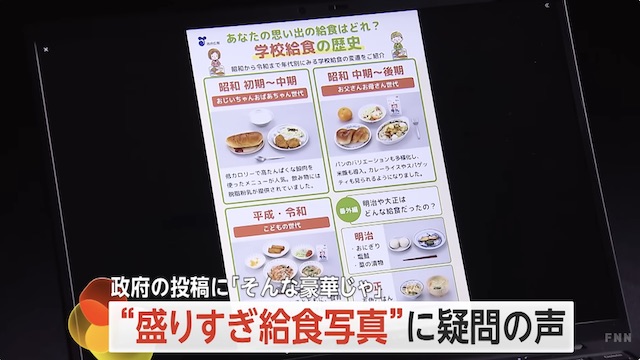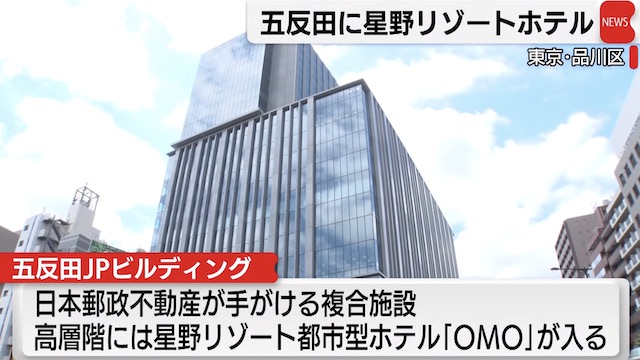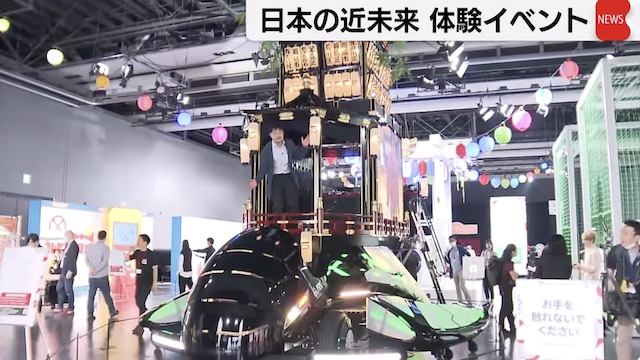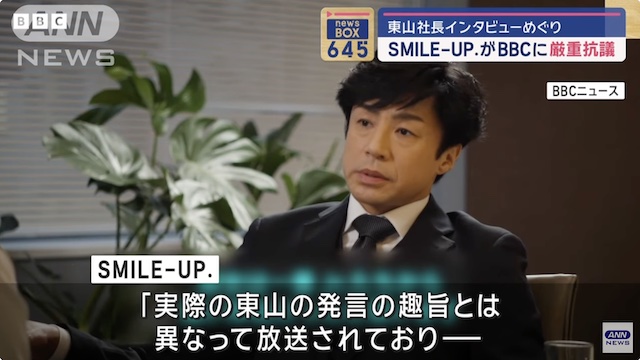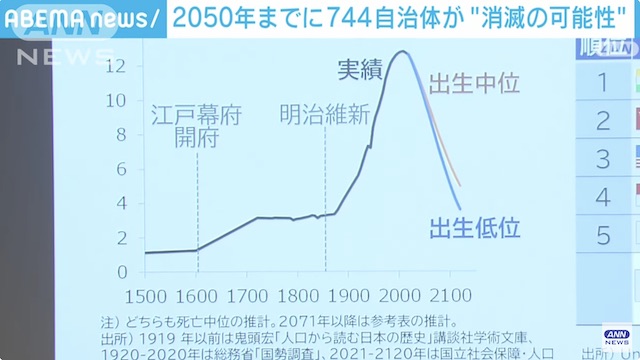Jul 03 (The Shogunate) - The Chosokabe are one of the most well known names of the Sengoku Jidai, yet most people often forget about the fascinating tale of their ambitious rise and tragic fall.
The clan is associated with Tosa Province in modern-day Kōchi Prefecture on the island of Shikoku.[2] Chōsokabe Motochika, who unified Shikoku, was the twenty-first daimyō (or head) of the clan.[citation needed]
In their early history of the Sengoku period, Chōsokabe Kunichika's father Kanetsugu, was killed by the Motoyama clan in 1508. Therefore, Kunichika was raised by the aristocrat Ichijō Husaie of the Ichijō clan in Tosa Province. Later, towards the end of his life, Kunichika took revenge on the Motoyama clan and destroyed them with the help of the Ichijō in 1560. Kunichika would go on to have children, including his heir and the future Daimyo of the Chōsokabe, Motochika, who would go on to unify Shikoku.[citation needed]
First, the Ichijō family was overthrown by Motochika in 1574. Later, he gained control of the rest of Tosa due to his victories at the Battle of Watarigawa in 1575. He then also destroyed the Kono and the Soga clan. Over the ensuing decade, he extended his power to all of Shikoku in 1583. However, in 1585, Toyotomi Hideyoshi (Oda Nobunaga's successor) invaded that island with a force of 100,000 men, led by Ukita Hideie, Kobayakawa Takakage, Kikkawa Motonaga, Toyotomi Hidenaga, and Toyotomi Hidetsugu. Motochika surrendered, and forfeited Awa, Sanuki, and Iyo Provinces; Hideyoshi permitted him to retain Tosa.[citation needed]
Under Hideyoshi, Motochika and his son Chōsokabe Nobuchika participated in the invasion of neighboring Kyūshū, in which Nobuchika died. In 1590, Motochika led a naval fleet in the Siege of Odawara, and also fought in the Japanese invasions of Korea along with Toyotomi Hideyoshi in 1592.[citation needed]
After Motochika died in 1599 at age 61, the next clan leader was his son Chōsokabe Morichika. He led the clan forces in support of the Toyotomi at the Battle of Sekigahara. After 1600, the Chōsokabe were removed as daimyo of Tosa.[2]
After the Siege of Osaka in 1615, Morichika was executed and the clan was ended as a political and military force.[2]
Among the retainers to the clan were Kōsokabe Chikayasu, Tani Tadasumi, Hisatake Chikanao, Yoshida Takayori, Yoshida Shigetoshi, Yoshida Masashige.... read more at Wikipedia



